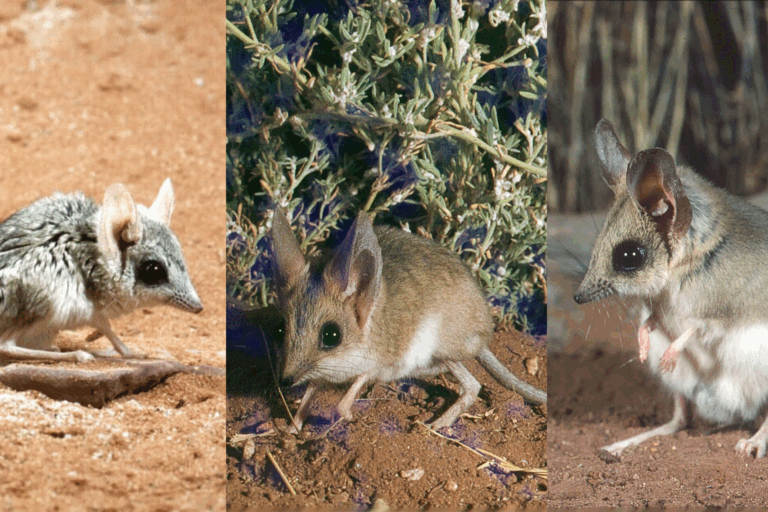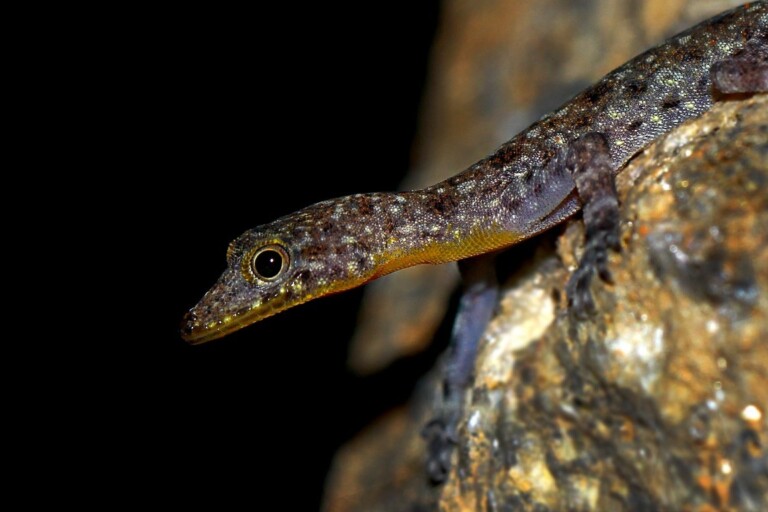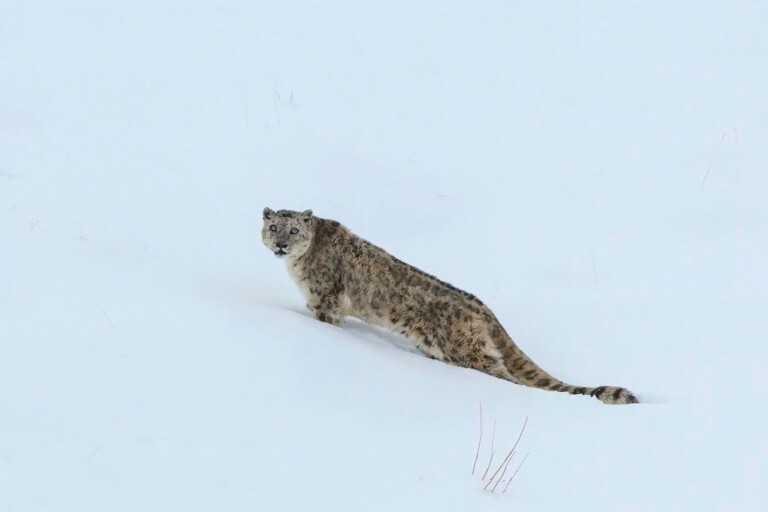Snow leopards are often called “ghosts of the mountains,” and for good reason: They’re notoriously difficult to spot. But researchers behind a recent study used a comprehensive set of methods — from following the cats’ tracks and droppings, to deploying camera traps over vast areas — to find that the region of Ladakh in the Indian Himalayas is home to roughly two-thirds of the country’s snow leopards, reports contributor Sneha Mahale for Mongabay India.
The researchers trekked across more than 6,000 kilometers (3,700 miles) of Ladakh’s landscape of high-altitude plateaus, rugged mountain ranges and cold deserts, carefully recording signs of snow leopard presence such as scat, paw prints and scrape marks. They also set up 956 camera traps.
The study “wasn’t limited to known hotspots or prime habitats,” said co-author Pankaj Raina, from the wildlife protection department in the regional capital, Leh. “This makes it the largest, most systematic, and most intensive effort ever undertaken across the snow leopard range.”
Based on the nearly 9,600 snow leopard signs and 126 individual snow leopards identified from the camera images, the team estimates there are about 477 snow leopards inhabiting the trans-Himalayan Ladakh, making up around 68% of India’s total snow leopard population.
The average density of snow leopards in Ladakh is around 1 per 100 square kilometers (3 per 100 square mile). But Hemis National Park and Nubra Shyok Wildlife Sanctuary showed higher densities of about 3 cats per 100 km2 (8 per 100 mi2).
Most snow leopard sightings were, however, outside protected areas, in landscapes shared with people and livestock. That points to the potential for conflict in these areas. Snow leopards typically prey on wild goat-like herbivores such as blue sheep, ibex and urials. But they sometimes also target domestic livestock, especially during winter when food is scarce.
Yet snow leopards and the local communities mostly coexist peacefully. This is both thanks to conservation initiatives, but also the communities’ cultural and sustainable pastoral practices.
“Snow leopards are not poached here,” said study co-author Yadvendradev Jhala, a senior wildlife scientist with the Wildlife Institute of India. “The combination of the Buddhist culture and economic incentives to preserve the species has allowed their population to increase in density.”
The snow leopards of Ladakh are, however, under stress from infrastructure development, including road and dam construction, as well as tourism and climate-driven changes in vegetation, Mahale reports.
Growing populations of feral dogs, which roam freely in large packs, are also an urgent threat as they attack both snow leopards and their prey.
“Ladakh has its own ecological and cultural context. Copy-pasting development models from elsewhere will not work,” Raina said.
Read the full story by Sneha Mahale here.
Banner image of a snow leopard by Ismail Shariff/Snow Leopard Trust via Wikimedia Commons (CC BY 3.0).





